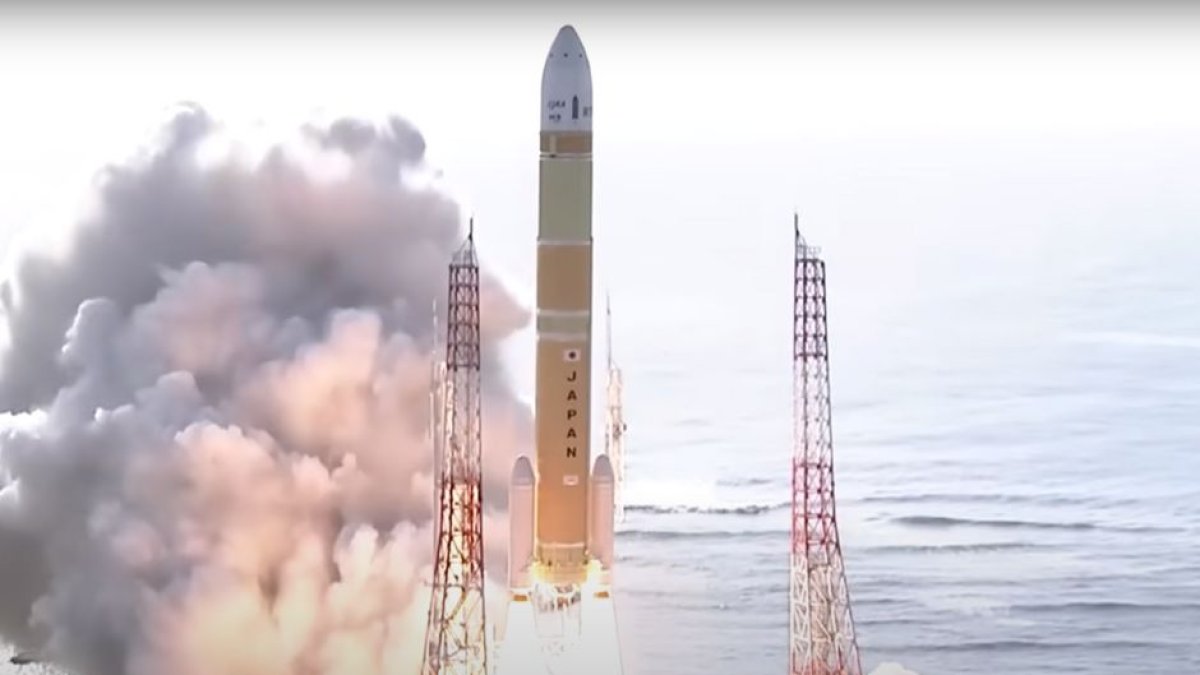Japan announces successful launch of new space rocket
After two years of delays and two previous failed attempts, the Japanese space agency successfully launched its H3 shuttle rocket.

(YouTube: JAKA)
(AFP) The Japanese space agency JAXA announced the successful takeoff of its new H3 shuttle rocket, after years of delays and two previous failed attempts.
The H3 rocket took off as planned at 9:23 a.m. local time from the Tanegashima space base, in the southwest of the country, and "was put into orbit" minutes later, a JAXA official told AFP.
The successful mission was completed shortly after the SLIM mission, a small JAXA module that managed to land on the Moon last month, a historic milestone for Japan and the aerospace industry.
The H3, an imposing rocket 6.3 meters high and 574 tons excluding payload, should allow Japan to carry out more frequent flights (about six per year) and is less expensive.
The objective is to rival foreign models such as the Falcon 9 from the American private company Space X in the competitive and growing sector of low-cost space launches.
Developed by JAXA and Mitsubishi Heavy Industries, the H3 is the successor to the H-IIA launch system that began operation in 2001.
The two previous failures of this new rocket called into question the reputation of reliability of JAXA's space flights, but the agency presented improvements in the ignition systems that appear to have worked.
The H3 is loaded with two small satellites, which undocked successfully, according to JAXA.
One of them will take photos and videos to contribute to disaster prevention and another, equipped with an infrared ray sensor, will detect the operation conditions of the factories on the ground.
The first failed attempt to launch the H3 occurred in February last year, after several years of delay in the program. Then, the takeoff was canceled because the thrusters did not ignite.
Then, on a second attempt in March, the rocket was ordered to self-destruct when the command center concluded the mission could not be successful.

























